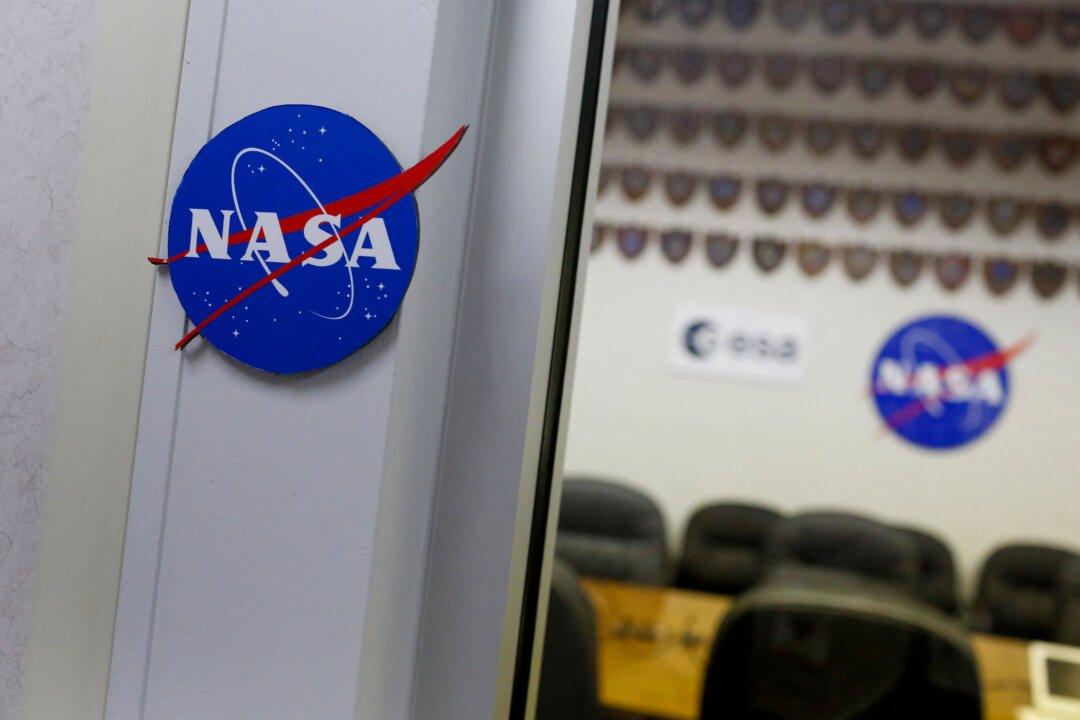Four volunteers have been sealed into an isolated 1,700-square-foot 3D-printed structure made by NASA and will spend the next year living like astronauts on Mars.
Research scientist Kelly Haston, structural engineer Ross Brockwell, emergency medicine physician Nathan Jones, and U.S. Navy microbiologist Anca Selariu were chosen by NASA to be part of the Crew Health and Performance Exploration Analog (CHAPEA); the first of three analog missions that will simulate year-long stays on the surface of Mars.




